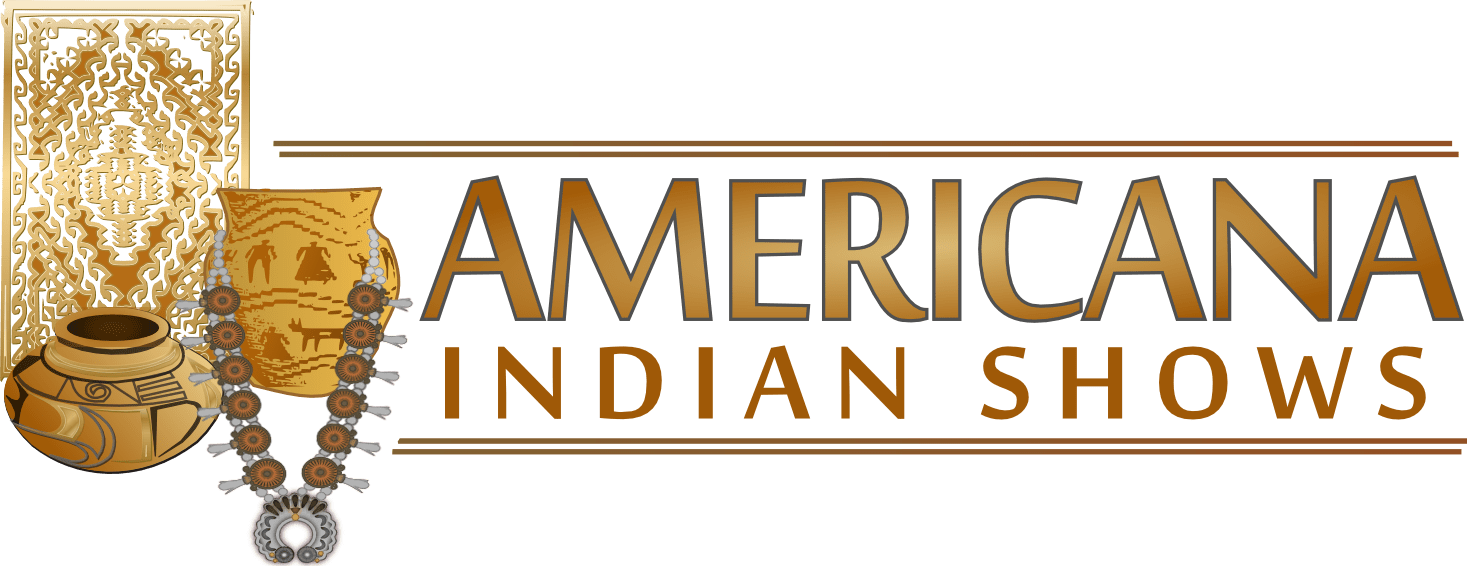An article by Lee Anderson
People tend to think of kachinas as wooden carvings of masked, human figures they see for sale at trading posts, galleries, and fairs. Or they know that kachinas are often offered as gifts to people in the tribe. But what do these carvings mean? Why are they created?
First, kachinas (note that this word has various spellings) are a part of all the Arizona and New Mexico Pueblo peoples. The Hopi and, to a lesser extent, the Zuni, have a remarkably detailed, codified kachina cult that is practiced to this day. Today’s ceremonies, as well as those of years ago, are deemed essential to a properly balanced life. Certain aspects of their ceremonies are secret and are closed even to some tribal members; others are open — in some cases, even to non-tribal visitors.
This article will concentrate on Hopi kachinas — the most involved and complex of all. The carving of Hopi kachinas is now a world-recognized art form of the highest order.
The Original Kachinas — Ancestral Beings
The first Hopi to enter the surface world encountered Massau’u (the Earth God, skeleton, or “death kachina”). As keeper of the earth, his permission was needed to allow the emerging Hopi to live there. The Hopi, and the several kachinas they encountered, entered into a mutual living partnership. The original kachinas were supernatural spirits and beings. These mostly benevolent entities taught the Hopi the skills they needed to live and prosper in this severe environment — how to hunt, make tools, and most importantly, live in harmony with the earth. By living properly, the Hopi would be blessed with moisture and agricultural fertility. The kachinas also taught the Hopi how to heal sickness, properly discipline those “out of harmony,” offer gratitude to the spiritual forces, and ask these forces for help.
Although the kachinas eventually left their villages, they left the people with skills they needed to live and the techniques to maintain harmony within the community and with the kachinas. These original kachinas are often described as “ancestral beings.”
The Kachina in Ceremony
The ceremonies that the Hopi conduct to honor these spirits are quite varied. All occur during the time of needed agricultural fertility — from the end of December’s ceremonies, through the Powamu (Bean Dance) in February, to the Niman (Going Home Dance) in July. These ceremonies retain the balance and close harmony between the Hopi people and the spiritual kachinas. This harmony is necessary to insure snow in the winter and rain in the spring, which in turn insures a good harvest and other desired blessings.
The Hopi who participate in these ceremonies dress in regalia that is designed to identify a particular spiritual kachina. The “case mask,” worn by the participant, is believed to contain the spiritual essence of the actual kachina; it is quite sacred and cared for accordingly. The remainder of the costume is designed to retain historical reverence. Hence, there are individual and village variations, all quite acceptable. When dressed as a specific kachina in the ceremonial dance, the Hopi is no longer just a person, nor is he considered to be a kachina. He is, instead, a spiritual intermediary because he wears the case mask. His actions during the ceremony transmit the supplications and prayers of the people to the kachina spirits in the sky.
The Emergence of an Art Form
Carvings were originally designed as gifts or competitive awards. They were not toys; they were valued possessions designed to keep the recipient aware of the spiritual forces that make up his world. Because these carvings were not spiritual in themselves, they were occasionally traded or sold. Soon the outside world started collecting them, creating a new source of income for the Hopi. The earlier carvings, prior to 1930, were simple, devoid of action and rather plain. (These are now rare and command a substantial premium.)
Carvings following the Great Depression and through WWII reflected more detail, with adornments such as kilts, bows and arrows, yucca whips, etc. Between WWII and the 1960s, the kachinas slowly evolved into the full-action, anatomically accurate carvings that were the true beginning of today’s collector interest. Since 1970, we have seen a revolution in quality, detail, and price. Carvings today are often lifelike, with fingernail and tooth detail. Some are impressionistic sculpture style; others retain the historic presence. All are collectible. One of Wilmer Kaye’s kachina carvings sold for over $30,000.
Remember that the Hopi kachina cult has existed for several hundred years. What once was a rather simple duality (the spiritual kachina had influence over the depicted being or event) is now a rather complex intermeshing of spirit and reality. For example, the Deer kachina is no longer just the spiritual essence of the deer; rather, he is, in association with other animal kachinas, a rain-bringing kachina. This is not only in the Hopi’s best interest, but it also insures a propagation of the various animals. The Hopi kachina cult (some refer to it as a religion) is ever-evolving. So, too, are the kachina carvings.
Further Readings
This is only a brief overview of a highly detailed and lengthy subject. We recommend Barton Wright’s fine book, Hopi Kachinas. There are many other books on kachinas; some approach the subject in great detail, while others primarily show pictures. It is a fascinating subject.
